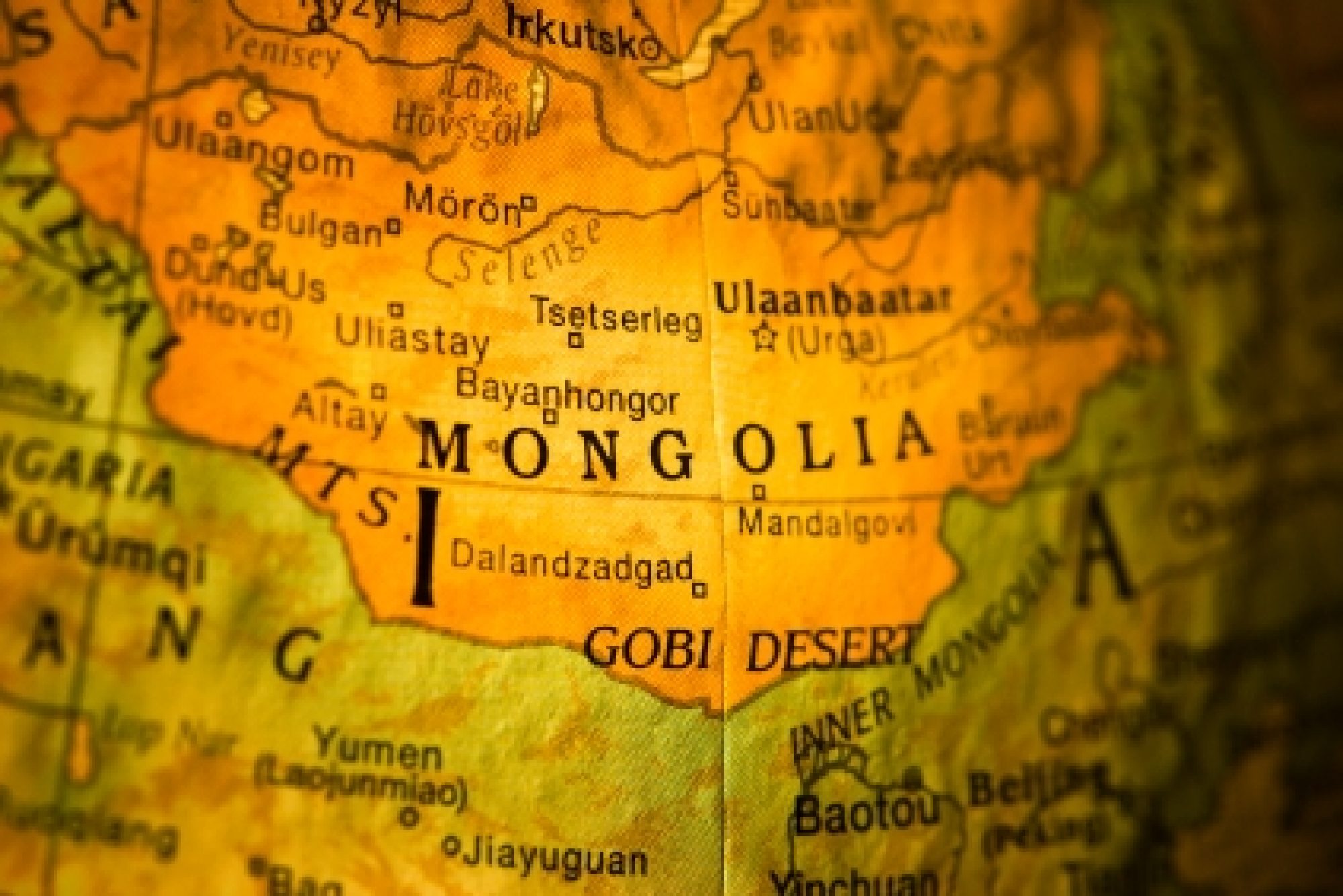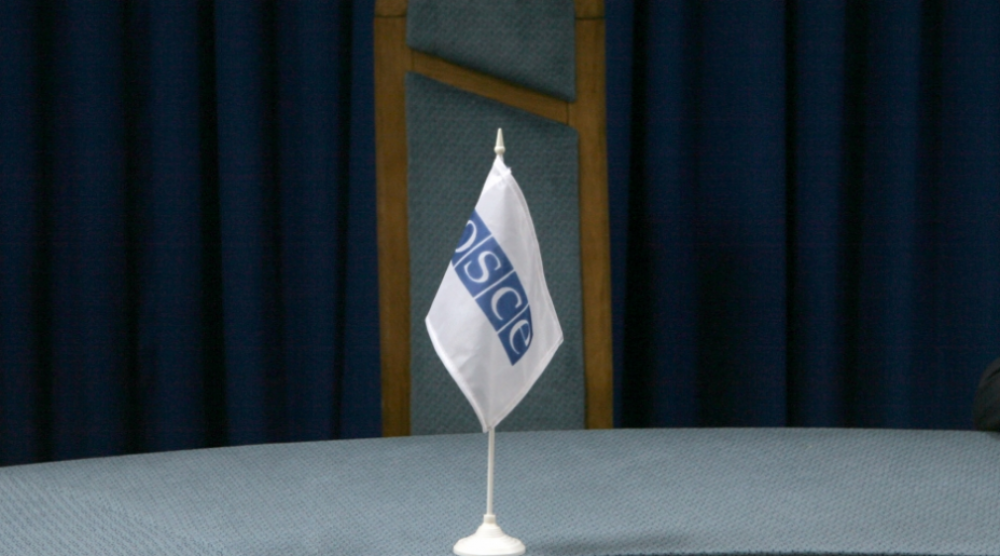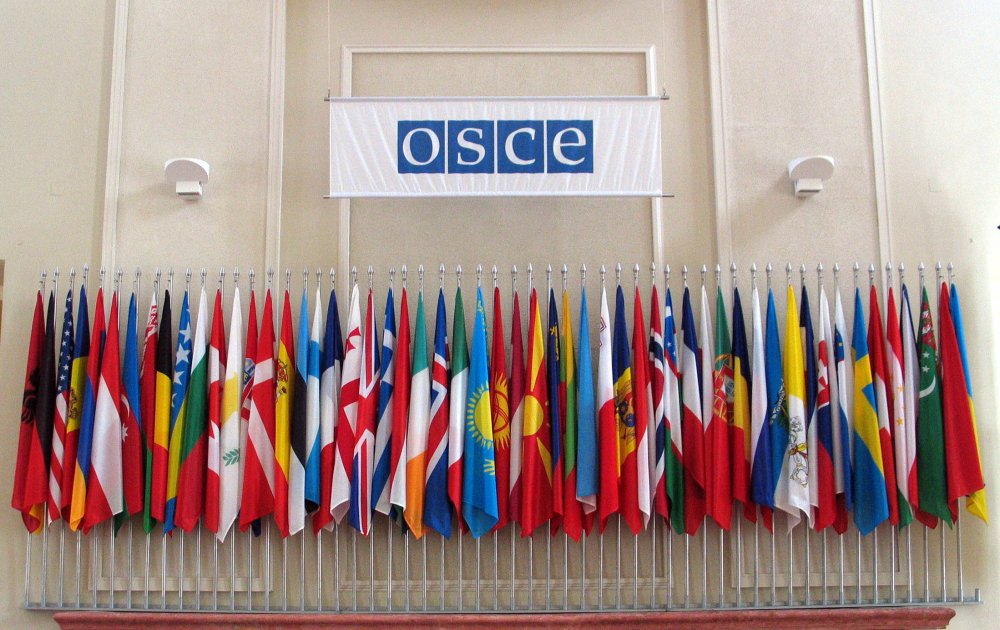Photo: iStockphoto

What is the future of OSCE field operations?
Field operations are of central importance to the work of the OSCE. Indeed, they are often referred to as the “crown jewels” of the OSCE. Most of the OSCE’s staff and resources are deployed in the 16 field operations in South-Eastern Europe, Eastern Europe, the Caucasus and Central Asia. Among the 2690 staff currently working for the OSCE, 2119 work in field operations.[1] In addition to the unified budget, field operations receive extra-budgetary contributions to carry out specific projects. Field operations are established upon the invitation of the respective host countries and operate on the basis of mandates agreed upon among the 57 participating States.[2]
Currently, there is a discussion going on in the OSCE in the context of the Helsinki+40 process on how the work of field operations can be improved in the future. While most field operations have originally been deployed as a result of a concrete crisis (so-called “first generation” field operations), mandates have changed over time and have concentrated on post-conflict rehabilitation instead (“second generation” field operations). A third generation of field operations has been developed over time that focuses on providing assistance and capacity building. As circumstances and realities are changing again, it is now time to think about a fourth generation of field operations. What could this fourth generation look like? How can existing field operations be transformed (or even phased out) in order to respond better to current circumstances? Could the OSCE deploy new field operations to new geographical areas?
In general, it is important to understand that there are strong differences in opinion about the purpose and role of field operations, in particular among those states hosting and those not hosting field operations. Many participating States that host field operations believe that field operations should primarily focus on the needs of the host country and should tailor their activities and projects accordingly. Some of them also believe that field operations reflect negatively upon them and therefore consider them to be like a “stigma”. Other participating States (usually those not hosting any field operations) believe that in addition to the host countries’ needs, field operations should be able to act independently and develop their own ideas and projects. The latter view emphasizes the fact that field operations should not be merely an implementer of the host country’s wishes and that they should have strong and relevant mandates that include political reporting on the situation on the ground.
These diverging views have to be balanced out when discussing a fourth generation of field operations. A number of ideas about what such fourth generation field operations could look like are currently circulating within the context of the Helsinki+40 discussions. Among them is the suggestion to establish “lighter” missions, which are smaller and more flexible and which can operate with support from experts in the OSCE Secretariat and Institutions. Such missions could be increased temporarily to implement specific projects and cut back once the projects are finalized. A number of other suggestions have been tabled, such as the need to concentrate on an “organized phasing out” of some missions, and establishing “clear benchmarks and long-term handover strategies.” In addition, thematic and roving missions are under consideration as well as a stronger focus on regional co-operation, possibly by establishing regional offices. Another idea is to increase the number of projects similar to the OSCE Academy in Bishkek or the Border Management Staff College in Dushanbe.
All of these ideas are important and merit further consideration by participating States. Especially important is the point of creating smaller, more flexible missions with fewer personnel that can be deployed fast and that rely on more support from the OSCE Secretariat and Institutions. Such missions could respond in a tailor-made fashion to the needs of the host country and also be phased out once sufficient capacity has been built up. Of course, this would require an effective roster of experts. Whatever the composition, better training for Heads of Missions and mission staff in general is essential.
Concerning the question of deploying field operations to new geographical areas, the so-called fourth generation of field operations could be tested out. Mongolia, which recently became the OSCE’s 57th participating State, (see MC.DEC/2/12 of 21 November 2012 and previous blog) has voiced clear interest in hosting an OSCE field operation. The areas of assistance could range from border management and policing activities to democracy building. An OSCE presence in Mongolia would further underscore the relevance of the OSCE in the Eurasian region, and create a more cooperative approach to the OSCE’s work in the field. Therefore, the 57 OSCE participating States, under the leadership of the Chairmanship, should take seriously the request of Mongolia and work on achieving the necessary consensus to establish a new field operation. They should also take a clear-eyed look at how to strengthen the effectiveness of OSCE field operations in general. Otherwise the “crown jewels” could become costume jewelry.



Comments
* Your email address will not be published